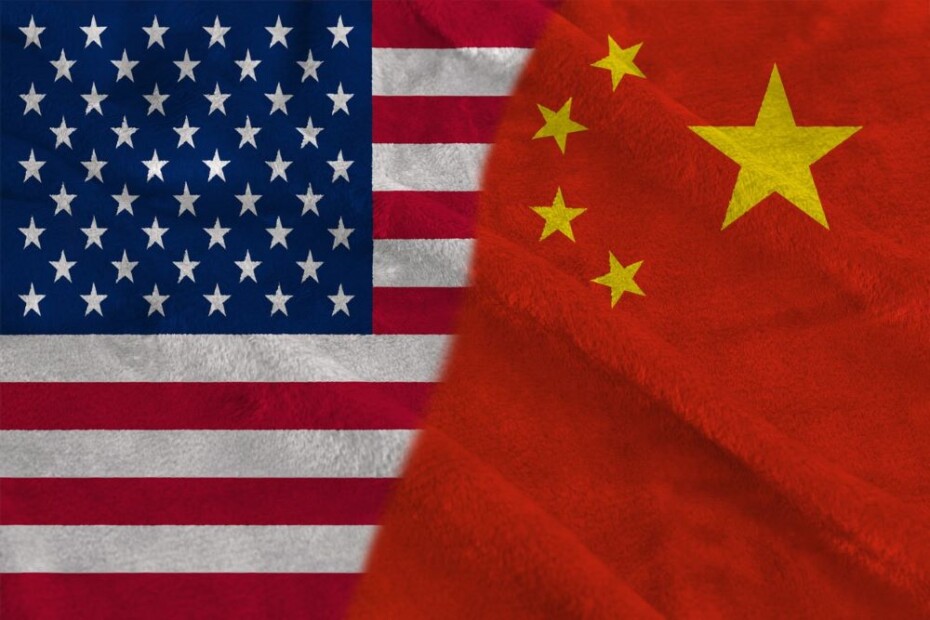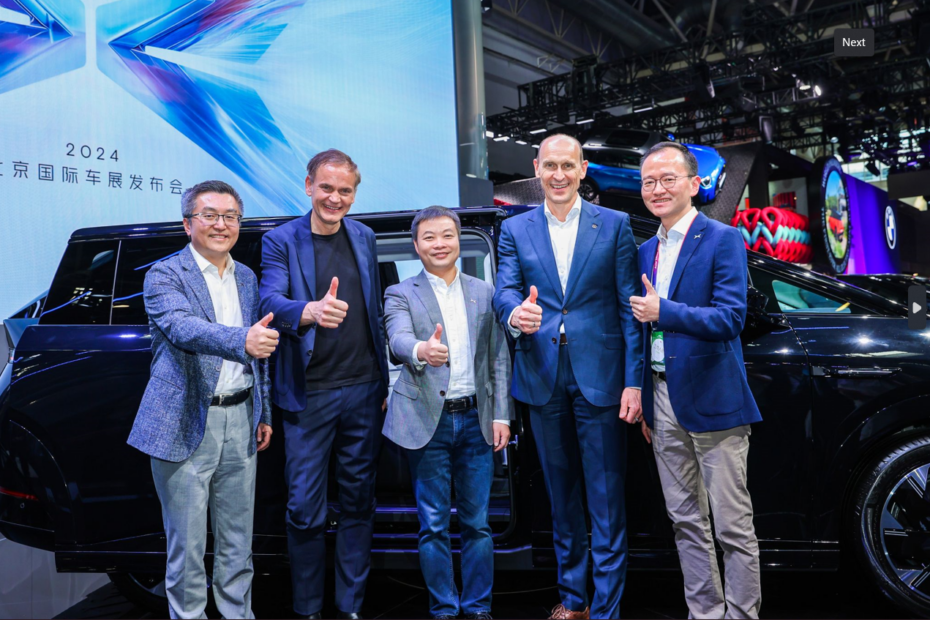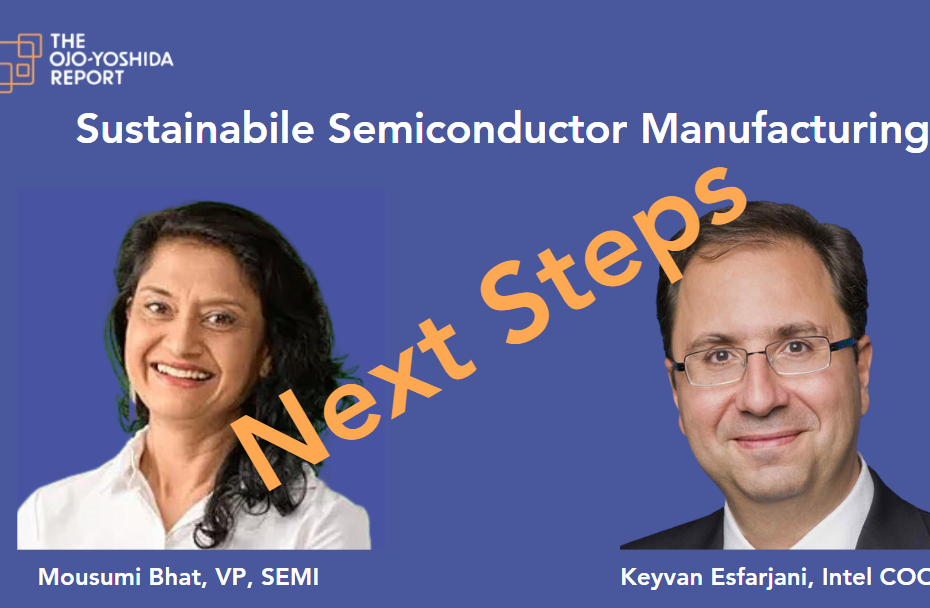Chip Wars: How Far Will America Go to Win?
By Bolaji Ojo
What’s at stake?
America is taking the gloves off in its battle with China over semiconductor innovations and manufacturing. The hostilities have moved beyond advanced processes and leading-edge chip production equipment. This is geopolitics writ large, a fight for dominance, economically and politically, of one entity by the other. Is the US willing to inflict pains on American and allied enterprises to achieve its objectives of forcing China to “play fair” and bow to America’s “supremacy”?
The Imperial Presidency struck again.
Export licenses that the Biden administration issued to Intel Corp. and Qualcomm Inc. for sales of semiconductors to Huawei Technology Inc. were scratched on May 7, signifying a widening of its ongoing rift with China. It is a presidential election year in the US and contentious issues – such as trade with China – are fair game. Technology enterprises at home and above should brace themselves.
Read More »Chip Wars: How Far Will America Go to Win?








